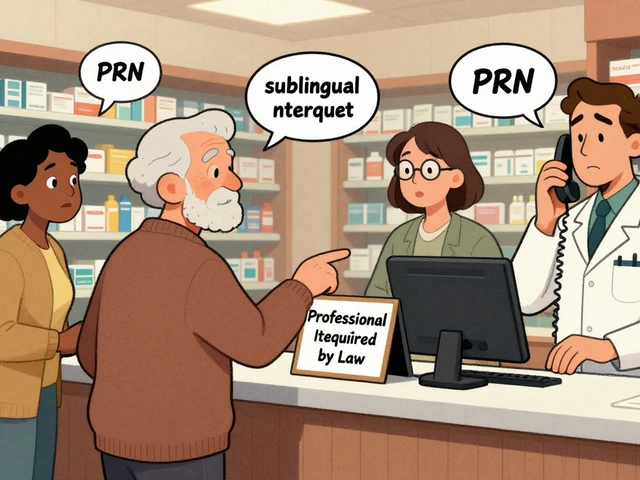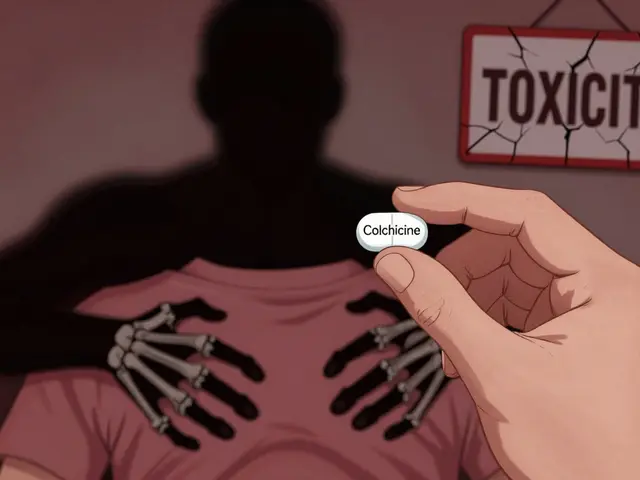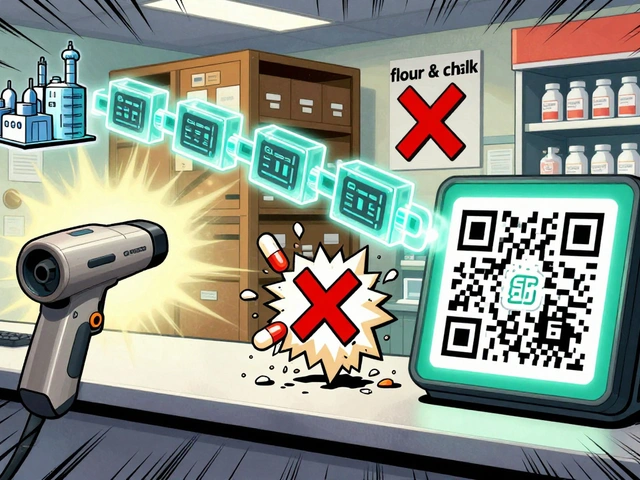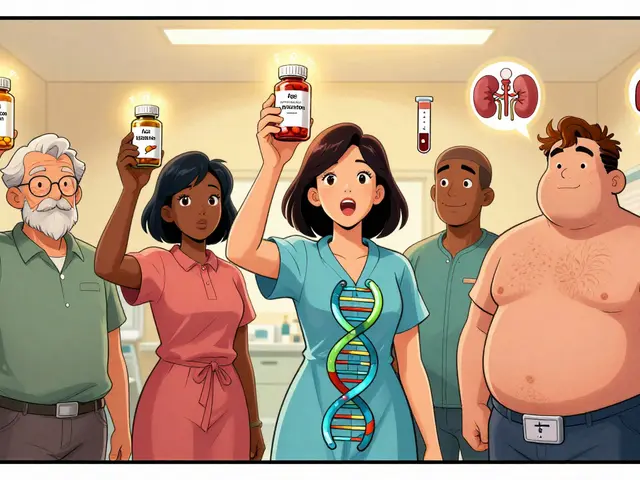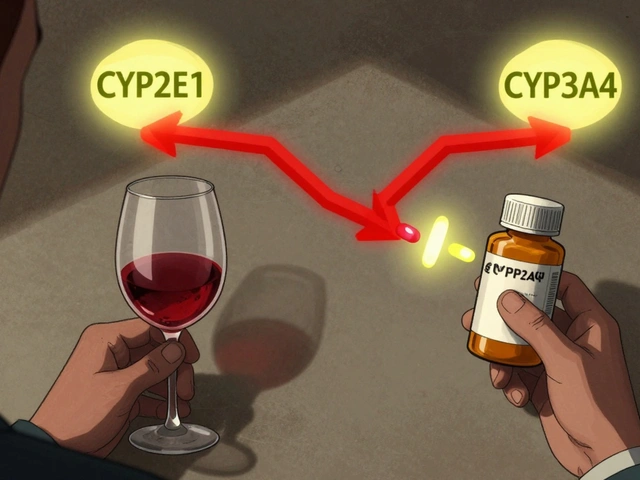Melanoma Guide: Spot It Early, Treat It Right
If you’ve ever noticed a new mole or a change in an existing one, you might wonder if it’s something serious. Melanoma is the most dangerous form of skin cancer, but catching it early can make all the difference. In this guide we’ll break down what to look for, why some people are more at risk, and what treatment routes are available. No medical jargon – just clear, useful info you can act on.
Spotting Melanoma Early
The ABCDE rule is a quick way to check any spot on your skin:
- Asymmetry – one half doesn’t match the other.
- Border – edges are irregular, ragged, or blurred.
- Color – more than one shade, especially black, brown, red or blue.
- Diameter – larger than 6 mm (about the size of a pencil eraser).
- Evolving – any change in shape, size, color, or feeling.
If a mole fits any of these clues, schedule a dermatologist visit right away. Even if it looks harmless, trust your gut and get it checked.
Treatment Paths & Prevention Tips
When melanoma is caught early, surgery alone often cures it. Doctors remove the tumor with a small margin of healthy skin, then monitor you for any signs of return. For later‑stage cases, treatment can include immunotherapy, targeted drugs, radiation, or a combination of these. Your doctor will tailor the plan based on the tumor’s genetics and how far it has spread.
Prevention is just as important as treatment. Here are three habits that lower your risk:
- Apply broad‑spectrum SPF 30+ sunscreen daily, even when it’s cloudy.
- Avoid peak sun hours (10 am–4 pm) or wear protective clothing and wide hats.
- Do regular skin self‑checks and schedule a full exam with a professional at least once a year.
People with fair skin, many freckles, a family history of melanoma, or lots of outdoor exposure should be extra vigilant. Genetic testing isn’t routine for everyone, but if you have multiple close relatives with the disease, ask your doctor about it.
Remember, melanoma can affect anyone, not just those who love tanning. If you notice anything odd, act fast – a quick dermatologist visit could save your life. Keep this guide handy, share it with friends, and stay proactive about skin health.

